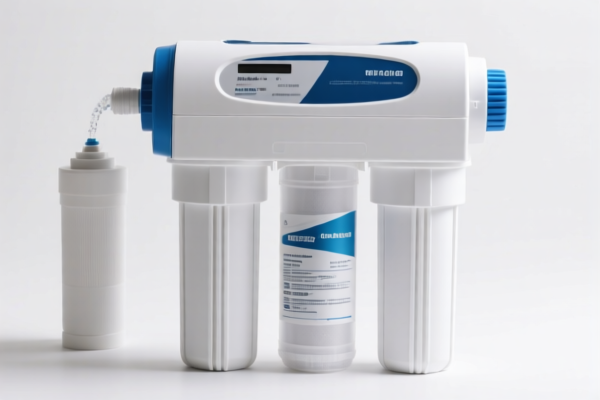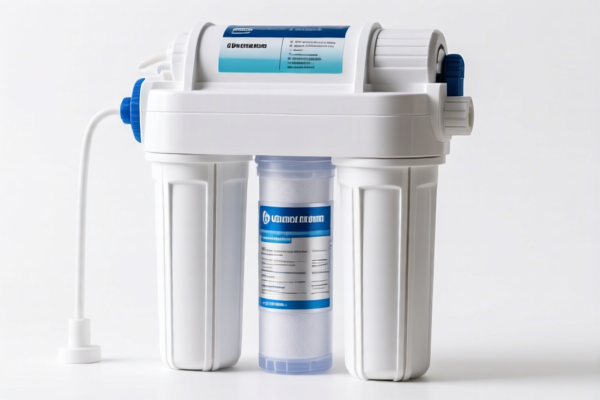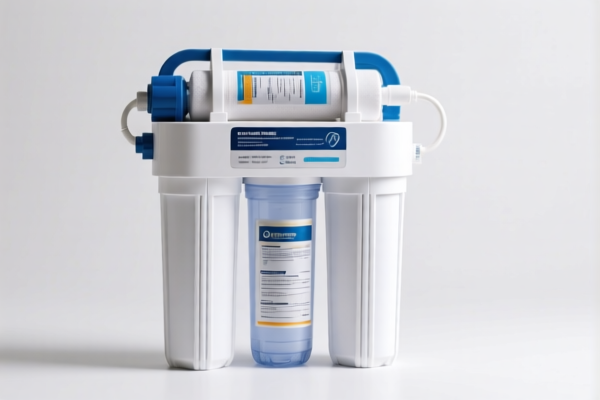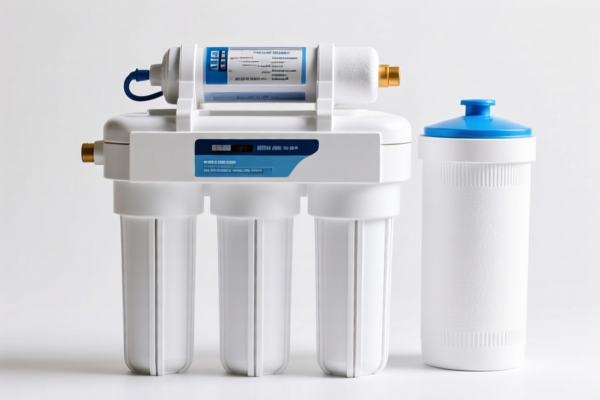| HS Code | Official Doc | Tariff Rate | Origin | Destination | Effective Date |
|---|---|---|---|---|---|
| 8421220000 | Doc | 55.0% | CN | US | 2025-05-12 |
| 7323993000 | Doc | 63.2% | CN | US | 2025-05-12 |
| 7323995030 | Doc | 55.0% | CN | US | 2025-05-12 |
| 7326908688 | Doc | 82.9% | CN | US | 2025-05-12 |
| 7326903500 | Doc | 87.8% | CN | US | 2025-05-12 |
| 9620003090 | Doc | The rate applicable to the article of which it is an accessory+30.0% | CN | US | 2025-05-12 |
| 9620005000 | Doc | 60.3% | CN | US | 2025-05-12 |
| 9603302000 | Doc | 40.1% | CN | US | 2025-05-12 |
| 3923500000 | Doc | 60.3% | CN | US | 2025-05-12 |
| 3923900080 | Doc | 58.0% | CN | US | 2025-05-12 |
| 3926901000 | Doc | 40.9% | CN | US | 2025-05-12 |
| 3926909910 | Doc | 42.8% | CN | US | 2025-05-12 |
| 6815994170 | Doc | 55.0% | CN | US | 2025-05-12 |
| 6815992000 | Doc | 55.0% | CN | US | 2025-05-12 |
| 6808000000 | Doc | 55.0% | CN | US | 2025-05-12 |
| 4823201000 | Doc | 55.0% | CN | US | 2025-05-12 |
| 4823209000 | Doc | 55.0% | CN | US | 2025-05-12 |
| 4812000000 | Doc | 55.0% | CN | US | 2025-05-12 |




Tea Filter
A tea filter is a disposable or reusable device designed to contain loose-leaf tea while it steeps in hot water, allowing for easy removal and a sediment-free brew.
Material
Tea filters are constructed from a variety of materials, each impacting the flavor and brewing experience:
- Paper: The most common type, paper filters are inexpensive and readily available. They can impart a slight papery taste if not rinsed beforehand and may require careful disposal. Bleached and unbleached options exist; unbleached are generally preferred to avoid any chemical flavors.
- Nylon: Reusable and flavor-neutral, nylon filters are durable and easy to clean. They allow for a fuller-bodied brew as they don’t absorb oils from the tea leaves.
- Stainless Steel: Another reusable option, stainless steel filters are highly durable, flavor-neutral, and easy to clean. The mesh size affects the amount of sediment that passes through.
- Cotton: Reusable and relatively inexpensive, cotton filters require thorough cleaning to prevent flavor buildup and potential mold.
- Silicone: Reusable, heat-resistant, and flavor-neutral, silicone filters are easy to clean and maintain.
- Bamboo: Biodegradable and imparts a subtle earthy flavor, bamboo filters are a sustainable option.
Purpose
The primary purpose of a tea filter is to:
- Contain loose-leaf tea: Prevents tea leaves from floating freely in the brew, simplifying removal.
- Facilitate easy brewing: Allows for convenient and mess-free tea preparation.
- Improve clarity: Produces a cleaner liquor by preventing sediment from entering the cup.
Function
Tea filters function by:
- Providing a permeable barrier: Allowing water to circulate through the tea leaves while retaining the solids.
- Expanding to accommodate leaves: Allowing sufficient space for the tea leaves to unfurl and release their flavor.
- Supporting leaf expansion: Larger filters generally allow for better leaf expansion and more complete flavor extraction.
Usage Scenarios
Tea filters are used in a wide range of brewing scenarios:
- Single-cup brewing: Ideal for personal use with teacups or mugs.
- Teapots: Used within teapots to brew loose-leaf tea for multiple servings.
- Travel mugs: Designed to fit standard travel mug sizes for on-the-go brewing.
- Bulk brewing: Larger filters can be used for brewing larger quantities of tea.
Common Types
- Basket Filters: Cone or bowl-shaped, often made of stainless steel, designed to sit directly in a mug or teapot.
- Teabags (Empty): Reusable bags made of nylon or cotton, allowing users to fill them with their own loose-leaf tea.
- Filter Paper Sachets: Disposable paper filters that come in various shapes and sizes.
- Infuser Balls: Perforated metal spheres or other shapes that hold a small amount of tea leaves.
- Filter Mugs: Mugs with integrated filters, providing a convenient all-in-one brewing solution.
- Tea Filter Bags: Larger, often rectangular bags for brewing larger quantities of tea.
Tea filters fall under several potential classifications based on material and specific application. Here's a breakdown of relevant HS codes:
-
4823201000: Filter paper and paperboard – Paint filters and strainers. This code applies to filters made of paper pulp specifically designed for filtering paints, but can also include similar filters used for other liquids like tea, given the material composition.
- 48: Paper, paperboard, cellulose wadding and webs of cellulose fibers.
- 23: Other paper, paperboard, cellulose wadding and webs of cellulose fibers, cut to size or shape.
- 20: Filter paper and paperboard.
- 10: Paint filters and strainers.
-
4823209000: Filter paper and paperboard – Other. This is a broader category for paper-based filters not specifically classified as paint filters or strainers, and would encompass tea filters made of paper pulp.
- 48: Paper, paperboard, cellulose wadding and webs of cellulose fibers.
- 23: Other paper, paperboard, cellulose wadding and webs of cellulose fibers, cut to size or shape.
- 20: Filter paper and paperboard.
- 90: Other.
-
6815994170: Articles of stone or of other mineral substances – Other articles – Other – Other. This code could apply if the tea filter is made of materials like talc or soapstone.
- 68: Articles of stone or of other mineral substances.
- 15: Other articles.
- 99: Other.
- 41: Other.
- 70: Other.
-
3923500000: Articles for the conveyance or packing of goods, of plastics; stoppers, lids, caps and other closures – Stoppers, lids, caps and other closures. If the tea filter is made of plastic, this code is applicable.
- 39: Plastics and articles thereof.
- 23: Articles for the conveyance or packing of goods, of plastics.
- 50: Stoppers, lids, caps and other closures.
-
3926901000: Other articles of plastics and articles of other materials – Other – Buckets and pails. This code could apply if the tea filter is made of plastic.
- 39: Plastics and articles thereof.
- 26: Other articles of plastics and articles of other materials.
- 90: Other.
- 10: Buckets and pails.
-
7326908688: Other articles of iron or steel – Other – Other – Other. This code could apply if the tea filter is made of iron or steel.
- 73: Iron or steel articles.
- 26: Other articles of iron or steel.
- 90: Other.
- 86: Other.
- 88: Other.
According to the provided reference material, the HS code options related to 'tea filter' are limited, with only the following 7 found.
Please note that the applicable tariff for each HS code is as follows:
- 4823201000 & 4823209000: Basic tariff: 0.0%, Additional tariff: 25.0%, Tariff after 2025.4.2: 30.0%. Total tariff: 55.0%.
- 6815994170: Basic tariff: 0.0%, Additional tariff: 25.0%, Tariff after 2025.4.2: 30.0%. Total tariff: 55.0%.
- 3923500000 & 3926901000: Basic tariff: 5.3%, Additional tariff: 25.0%, Tariff after 2025.4.2: 30.0%. Total tariff: 60.3%.
- 7326908688: Basic tariff: 2.9%, Additional tariff: 25.0%, Tariff after 2025.4.2: 30.0%. Total tariff: 82.9%.
It is crucial to verify the material composition of the tea filter to determine the correct HS code and corresponding tariff.
Customer Reviews
No reviews yet.